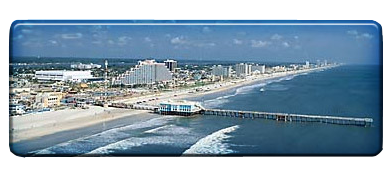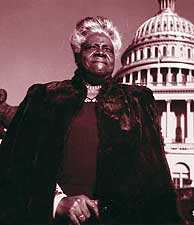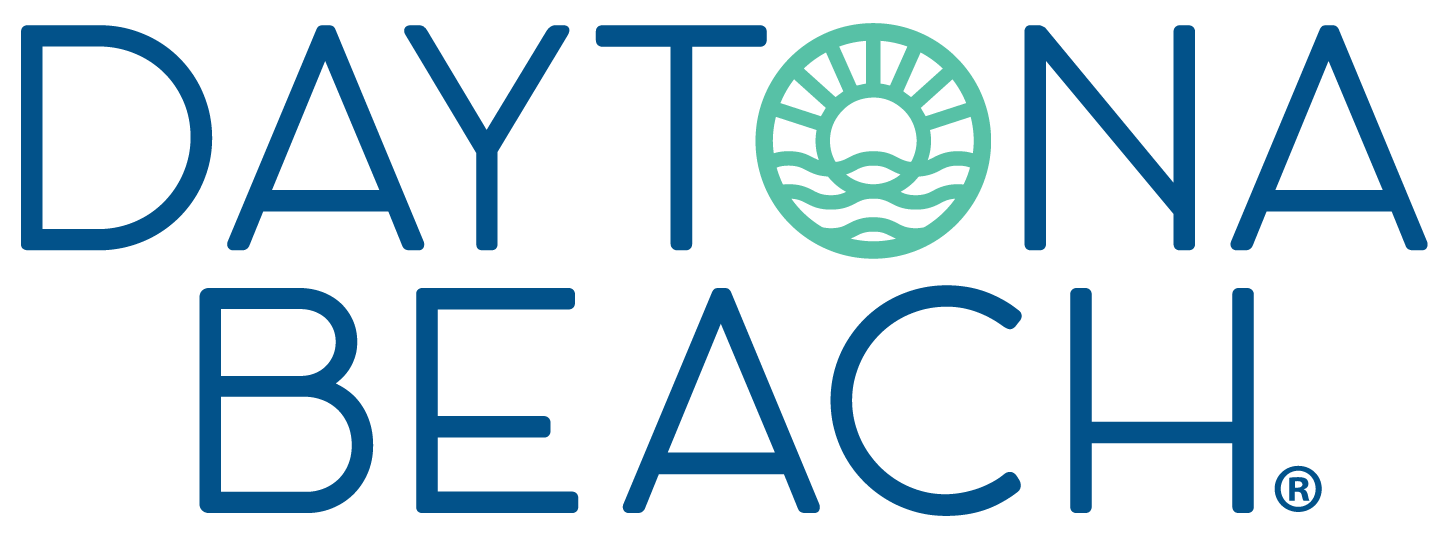Local History
Influential visitors have been flocking to the Greater Daytona Beach area for centuries, and their contributions live on for all to enjoy! 
Famous explorer Ponce de Leon, during his 1513 search for the Fountain of Youth, discovered the now-popular DeLeon Springs, located just west of Daytona Beach. Dr. Andrew Turnbull homesteaded 101,000 acres of land as the New Smyrna colony (now called New Smryna Beach), just south of Daytona Beach. Matthias Day, a wealthy northern tycoon, was so completely enamored with the entire area that he became the founding father of Daytona (now called Daytona Beach) and built its very first hotel in 1874. And Henry DeLand, for whom the nearby city of DeLand was named, founded world-famous Stetson University in 1883.
 Many more entrepreneurs endeavored to bring commerce and vision to the community. Famous philanthropist John D. Rockefeller discovered Ormond Beach's immaculate golf courses and made his winter home at The Casements. Civil rights leader and educator Dr. Mary McLeod Bethune overcame great obstacles to found now-called Bethune-Cookman University in 1904. And of course Bill France founded NASCAR in 1948 and built the World Center of Racing, Daytona International Speedway, in 1959.
Many more entrepreneurs endeavored to bring commerce and vision to the community. Famous philanthropist John D. Rockefeller discovered Ormond Beach's immaculate golf courses and made his winter home at The Casements. Civil rights leader and educator Dr. Mary McLeod Bethune overcame great obstacles to found now-called Bethune-Cookman University in 1904. And of course Bill France founded NASCAR in 1948 and built the World Center of Racing, Daytona International Speedway, in 1959.
Today, the Daytona Beach area entertains more than 10 million influential visitors each year! These visitors, who influence friends and family with their vacation stories, come from around the world to relax and enjoy the area's many treasures, both old and new.
The trend continued with other entrepreneurs endeavoring to build a city of commerce and vision. Commodore Charles Burgoyne began by building a community center in Daytona Beach in the early 1900s. Burgoyne organized concerts along the riverfront actively promoting the town's events to travelers.
 Daytona Beach not only inspired those who wanted to test the limits of speed, but also those who have desired to test the limits of society. Daytona Beach's role in the history of civil rights is significant. On March 17, 1946, Jackie Robinson played in the first integrated spring training baseball game with the Montreal Royals, a farm team of the Brooklyn Dodgers. Later he became the first African-American to play in the Major Leagues. Today, Robinson's name identifies the stadium, Jackie Robinson Ballpark, in Daytona Beach and a life-size statue of him has been cast at the entrance.
Daytona Beach not only inspired those who wanted to test the limits of speed, but also those who have desired to test the limits of society. Daytona Beach's role in the history of civil rights is significant. On March 17, 1946, Jackie Robinson played in the first integrated spring training baseball game with the Montreal Royals, a farm team of the Brooklyn Dodgers. Later he became the first African-American to play in the Major Leagues. Today, Robinson's name identifies the stadium, Jackie Robinson Ballpark, in Daytona Beach and a life-size statue of him has been cast at the entrance.
Dr. Mary McLeod Bethune established a school in 1904 to educate the daughters of African-American workers on the railroads called Bethune-Cookman College (now Bethune-Cookman University) and was later appointed to government positions by Calvin Coolidge, Franklin Roosevelt, and Harry Truman. Today, students and visitors can learn about her life's achievements at her former home which is now a museum on the University's campus. Dr. Mary McLeod Bethune Home & Gravesite
 Automobile racing became a regular pastime along the hard-packed beaches at the turn of the 20th Century. Ormond Beach became known as the "birthplace of speed" due to the various land speed records set there. In 1947, the National Association of Stock Car Auto Racing was founded in Daytona Beach. Motorsports gained new ground in 1959 with the opening of the Daytona International Speedway, which continues to satisfy hundreds of thousands of speed-hungry fans each year. Today, the Daytona Beach area entertains visitors from around the world who come to relax and recreate on one of the most beautiful, family-friendly beaches in Florida. For more information about the history of the Daytona Beach area, be sure to visit the Halifax Historical Museum located in downtown Daytona Beach.
Automobile racing became a regular pastime along the hard-packed beaches at the turn of the 20th Century. Ormond Beach became known as the "birthplace of speed" due to the various land speed records set there. In 1947, the National Association of Stock Car Auto Racing was founded in Daytona Beach. Motorsports gained new ground in 1959 with the opening of the Daytona International Speedway, which continues to satisfy hundreds of thousands of speed-hungry fans each year. Today, the Daytona Beach area entertains visitors from around the world who come to relax and recreate on one of the most beautiful, family-friendly beaches in Florida. For more information about the history of the Daytona Beach area, be sure to visit the Halifax Historical Museum located in downtown Daytona Beach.
Click here for more information about the area's historical sites










